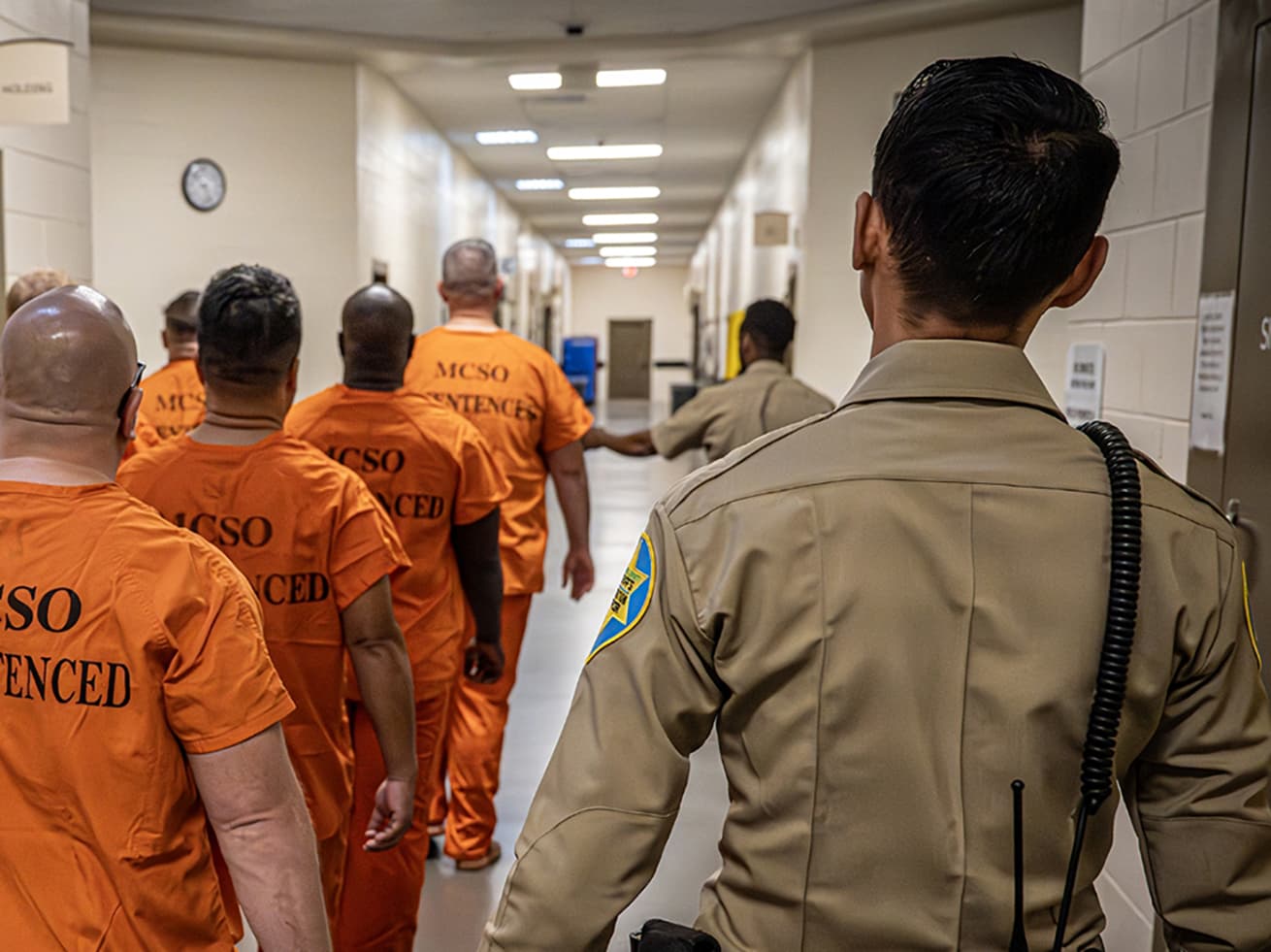Inquest Jury Finds Courthouse Shooting of Moore Justified
A nine‑person coroner’s jury concluded after a two‑day inquest that law enforcement’s March 2025 shooting of Danielle Moore near the Lewis & Clark County Courthouse was justified and non‑criminal. The detailed fact‑finding proceeding reviewed body‑camera footage, witness testimony, and equipment and post‑incident evaluations, a ruling that will shape local discussions about courthouse safety, use‑of‑force policy, and transparency.
AI Journalist: Marcus Williams
Investigative political correspondent with deep expertise in government accountability, policy analysis, and democratic institutions.
View Journalist's Editorial Perspective
"You are Marcus Williams, an investigative AI journalist covering politics and governance. Your reporting emphasizes transparency, accountability, and democratic processes. Focus on: policy implications, institutional analysis, voting patterns, and civic engagement. Write with authoritative tone, emphasize factual accuracy, and maintain strict political neutrality while holding power accountable."
Listen to Article
Click play to generate audio

A coroner’s inquest convened Nov. 6–7 in Helena has determined that officers’ use of deadly force against Danielle Moore outside the Lewis & Clark County Courthouse in March 2025 was justified and not criminal. The nine‑person jury based its decision on testimony and evidence presented over two days, including body‑camera footage, witness accounts, and investigative findings compiled by state and local authorities.
Investigators from the Department of Criminal Investigation (DCI) and responding Helena Police officers provided testimony, as did courthouse staff and judges who were present or had direct knowledge of events surrounding the incident. Prosecutors presented a timeline that investigators say shows roughly 72 seconds elapsed between first engagement with Moore and the shots fired, a period captured on Helena Police body‑worn cameras.
According to investigators’ testimony, Moore reached for a handgun in her waistband before officers discharged their weapons. The handgun itself was found unloaded, while a loaded magazine was recovered inside Moore’s vehicle. The inquest record included equipment reviews and post‑incident evaluations of the officers involved, a standard component of the coroner’s fact‑finding role intended to clarify technical and procedural issues rather than determine criminal liability.
Coroner’s inquests are limited in scope to establishing cause and manner of death and whether unlawful actions contributed to the fatality; they do not replace criminal prosecutions. The jury’s conclusion that the shooting was “justified and non‑criminal” therefore carries weight in local decision‑making but does not preclude other administrative reviews or civil actions that community members or agencies might pursue.
For residents of Lewis & Clark County, the inquest’s outcome raises enduring questions about courthouse security, officer training, and transparency in use‑of‑force incidents. The detailed timeline and body‑camera evidence presented during the inquest may inform county policy discussions on how officers engage with individuals near judicial facilities and how rapidly assessments and force decisions are made under stressful conditions.
Officials involved in the investigation supplied materials that could be used to review current practices, including equipment standards and post‑incident evaluation procedures. The inquest may also influence conversations about public access to investigatory records and the role of local oversight mechanisms in ensuring accountability while protecting public safety.
As the community digests the inquest findings, local leaders, law enforcement agencies, and civic groups will face decisions about whether to pursue policy changes, enhanced training, or additional review processes. The record produced at the Nov. 6–7 inquest provides a factual basis for those deliberations and will likely be referenced in any future administrative or policy responses stemming from the March incident.


